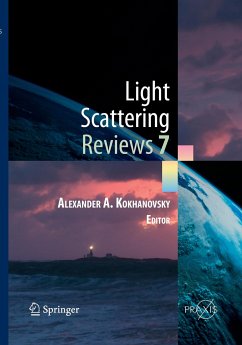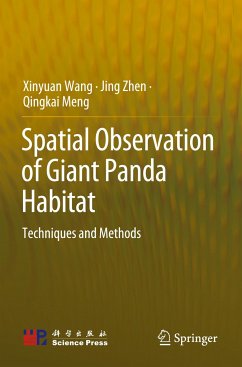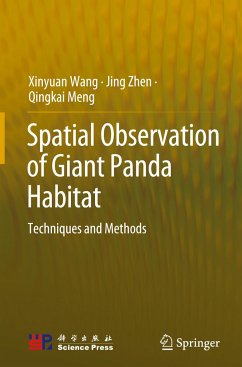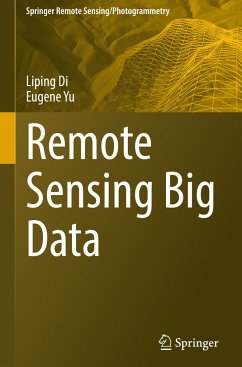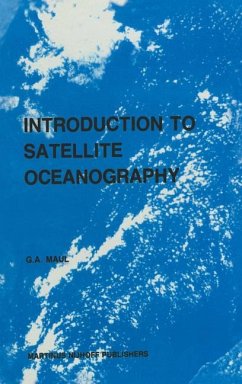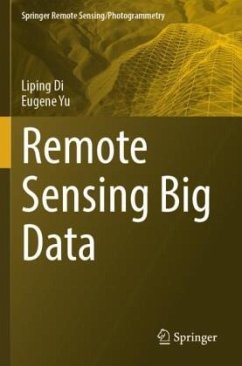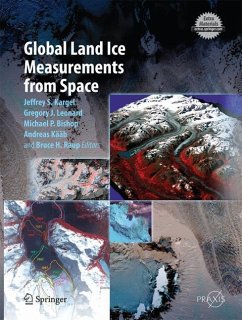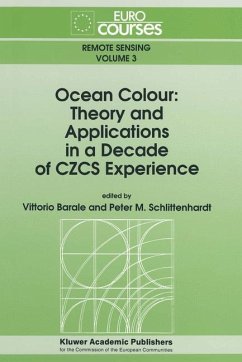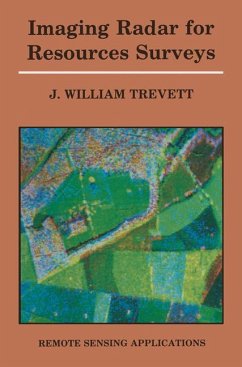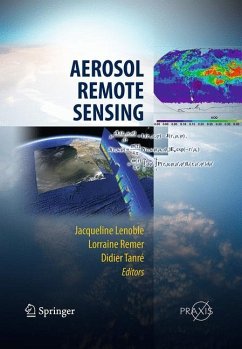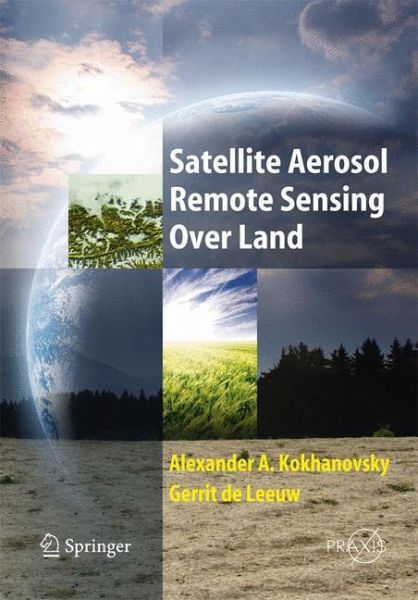
Satellite Aerosol Remote Sensing Over Land
Versandkostenfrei!
Versandfertig in 6-10 Tagen
151,99 €
inkl. MwSt.
Weitere Ausgaben:

PAYBACK Punkte
76 °P sammeln!
Aerosols have a significant influence on the Earth's radiation budget, but there is considerable uncertainty about the magnitude of their effect on the Earth's climate. Currently, satellite remote sensing is being increasingly utilized to improve our understanding of the effect of atmospheric aerosols on the climate system.Satellite Aerosol Remote Sensing Over Land is the only book that brings together in one volume the most up-to-date research and advances in this discipline. As well as describing the current academic theory, the book presents practical applications, utilizing state-of-the-ar...
Aerosols have a significant influence on the Earth's radiation budget, but there is considerable uncertainty about the magnitude of their effect on the Earth's climate. Currently, satellite remote sensing is being increasingly utilized to improve our understanding of the effect of atmospheric aerosols on the climate system.
Satellite Aerosol Remote Sensing Over Land is the only book that brings together in one volume the most up-to-date research and advances in this discipline. As well as describing the current academic theory, the book presents practical applications, utilizing state-of-the-art instrumentation, invaluable to the work of environmental scientists.
With contributions by an international group of experts and leaders of correspondent aerosol retrieval groups, the book is an essential tool for all those working in the field of climate change.
Satellite Aerosol Remote Sensing Over Land is the only book that brings together in one volume the most up-to-date research and advances in this discipline. As well as describing the current academic theory, the book presents practical applications, utilizing state-of-the-art instrumentation, invaluable to the work of environmental scientists.
With contributions by an international group of experts and leaders of correspondent aerosol retrieval groups, the book is an essential tool for all those working in the field of climate change.





